Author: Antony Ingram
If you’ve got fuel running through your veins, then you’ll probably have a dedicated compartment in your memory banks for the cars your parents used to roll around in when you were young. Even the most mundane of motors felt like something special and the appearance of a new one on the driveway – or even better, a trip out to the local dealership for a poke around – was something to be savoured.
With Father’s Day just around the corner, it’s the archetypal ‘dad’s car’ we’re thinking about in particular right now – in fact, the nostalgia for our fathers’ cars is so strong that there’s a whole Drive Dad’s Car attraction at the Great British Car Journey in Derbyshire, where you (or your dad) can actually get behind the wheel of some of the cars mentioned below.
But we’ve thrown a few curve-balls in there too, for those whose dads drove something a little different from the norm, be it a sports car, hot hatch, or as an early adopter of that new-fangled category that became known as MPVs. Be sure to let us know in the comments if you have memories of any of these 1970s, 1980s, and 1990s, Festival of the Unexceptional-aged cars – or what your own dad drove back in the day if it wasn’t one of these.

Austin Allegro
Follow-up to the enormously popular ADO16 (badged Austin 1100 and well over a dozen other cars during its time on sale), the Allegro’s contemporary maladies are today well-known, and perhaps a little overplayed – though it’s also true to say that if you’d been lumbered with an Allegro as a company car, you probably wondered how you’d managed to upset your boss in the preceding months.
There’s probably a bit more affection for the survivors today, helped along by a large, deep-filled scoop of nostalgia for the Austin brand, the Allegro’s odd styling, its clever and effective Hydragas suspension, and increasing interest in oh-so-Seventies colours like Russet Brown and Applejack Green. And those that haven’t gone to the great scrapyard in the sky by now are easy to keep running too, thanks to their familiar mechanicals.
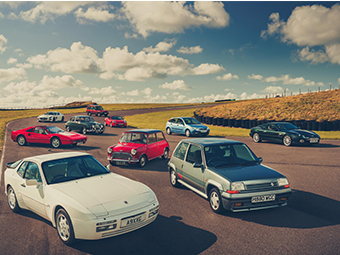

Ford Escort
The Ford Escort was the default British family car throughout its 1968 to 2002 run, and more than a few readers likely rode in the back of Ford’s best-seller over the years. In the 1980s, it was most likely one of three generations: an old Mk2 hanging on from the previous decade, the fresh new front-driver of 1980, or the tidily-styled fourth-generation Escort launched in 1986.
The Mk2 would’ve still been riding high on rallying kudos even in its lower trim levels, while generations three and four maximised passenger space and utility, thanks to the transverse engine layout, and the hatchback rather than saloon design. That, and Ford really expanded the Mk3 and Mk4’s model variants, from three and five-door hatches and estates, to a cabrio – plus the sporty XR3, later XR3i, and RS1600i versions. If your dad didn’t drive one, your best friend’s dad probably did.

Reliant Scimitar GTE
Not everyone’s dad drove a regular saloon or estate. Sometimes there was another sensible family car in the background, while Dad managed to wangle his way into something a lot more exciting – perhaps something to tinker with in the garage, or a car to spice up his commute. Yet practicality might still have been a factor, and that’s where the Reliant Scimitar GTE comes in – like today’s Porsche 911 (possibly the only time someone will compare them), the Scim’s four-seat layout means it isn’t out of the question for family use.
The GTE’s actually a car of the late 1960s, but spiritually it resides in the 1970s. As sports cars go, it’s admirably practical too, from that 2+2 layout to its glass hatchback and proper boot, well-proven Ford mechanicals, and a fibreglass body that you’d not be treating for rust in two or three years. At around £2,300 in 1973, it was a viable alternative, price-wise, to an upscale saloon like an Audi 100 or 3-litre Granada GXL, too.
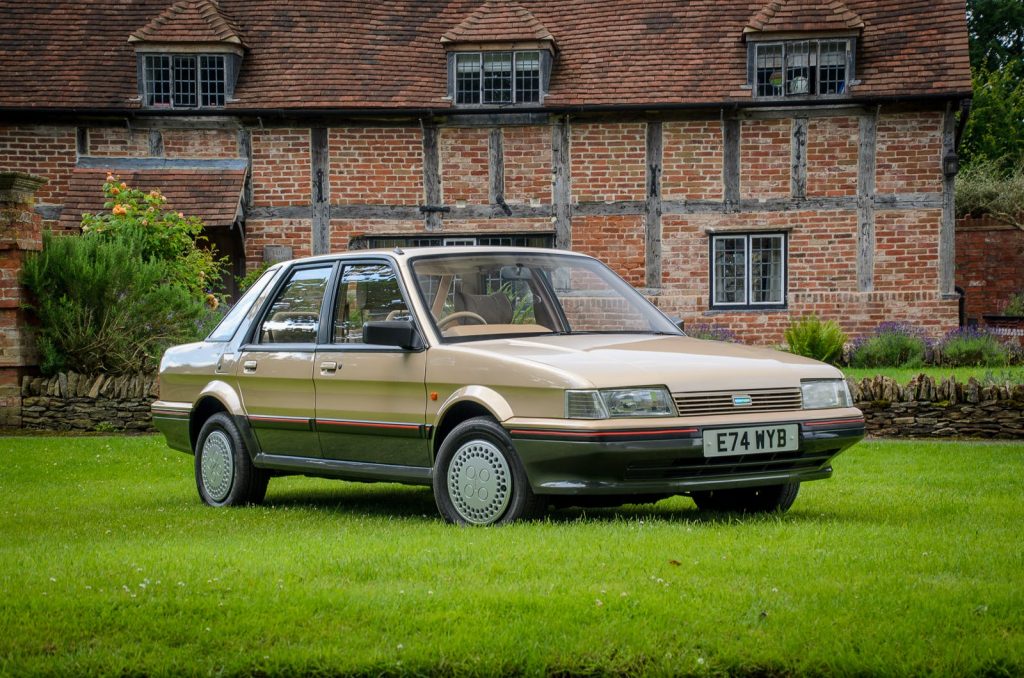
Austin Montego
A while back Hagerty’s John Mayhead used mathematics to prove that the Austin Montego was the most ordinary vehicle of all – specifically, a saloon, in blue, built in 1989. Each of those characteristics has appeared most frequently on the Concours de l’Ordinaire lawn, as have British cars, and among them Austin has been the most frequent.
Even without a picture you can probably conjure up exactly the car we’re describing in your head, because Montegos were seemingly everywhere in the 80s, albeit just about extinct already in the 1990s. They weren’t fast, fun, exciting, or pretty (though the MG versions had a good go) but they were the kind of solid family choice that Austin had majored on for decades, and sold well as a result.

Citroen BX
Your author’s father avoided opting for a Citroen BX as a company car back in the day on the basis that my mother had been transported around in a GS as a kid and wasn’t impressed by the floaty, hydropneumatic ride. But plenty of kids’ parents did have a BX in the 80s and 90s; you’ll have to comment below as to whether car sickness was a characteristic among you or your siblings.
There were plenty of highlights to the BX though, which spanned 1982 to 1994. Marcello Gandini’s fantastic geometric styling was one, with the kudos by association that comes with Gandini having designed the Countach, among others. The BX’s suspension really did deal with poor roads better than rivals like the Escort or Astra too, and if dad was frugal, then there weren’t many better diesels in the 80s than the BX’s lineup of XUD four-cylinders.

Renault Espace
If you were one of several sprogs then you may very well have spent your early years in one of the (several) back seats of Renault’s seminal people-mover. The Espace famously flopped in its first year on sale in 1984, but Europe’s parents quickly realised its value, making it easier than almost any car that had come before to load kids into the back. It also gave those kids a nearly unmatched view out through the enormous glasshouse rather than forcing them to peer at the sky.
The early Espace has become a bit of a cult classic (especially among FOTU-goers) and is a design classic thanks to its TGV-like styling. It’s still more car-like to drive than you’d credit too – MPVs might have gained a reputation for being beasts of burden, a vehicle for those with overactive loins, but the average Espace driver wasn’t losing out much to their counterparts in a more conventional Renault 21 of the era.
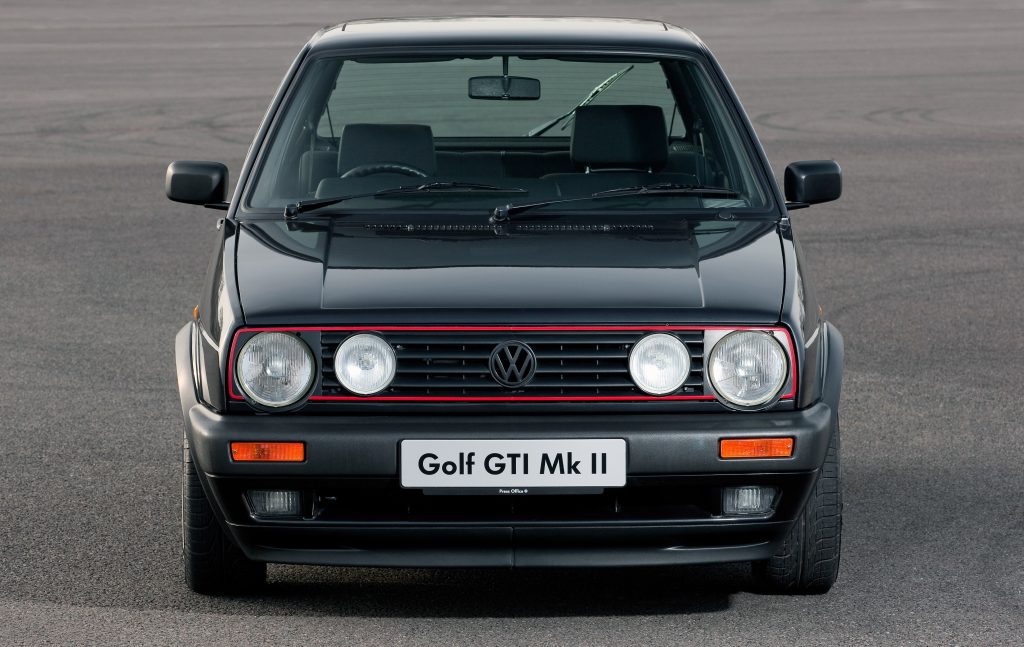
Volkswagen Golf GTI
If dad was a bit of a hot-shoe behind the wheel then the Golf GTI would’ve been high up on his shopping list (or, if he was lucky, the company car list) from its 1985 introduction. Unlike its Mk1 Golf GTI predecessor, the Mk2 was available as a five-door hatch, making it a much more viable family car, while VW’s reputation for durability made it an easy sell too.
Entertainment was the main selling point though. While some magazines bemoaned the more grown-up feel of the Mk2 GTI, almost everyone recognised that it had become a better car overall – more comfortable, more economical, yet still quick off the line and even quicker around corners. It’d still cock a wheel around a tight corner too, though probably not with the kids in the back, lest they add their own technicolour pattern to the Mk2’s stripy trim.
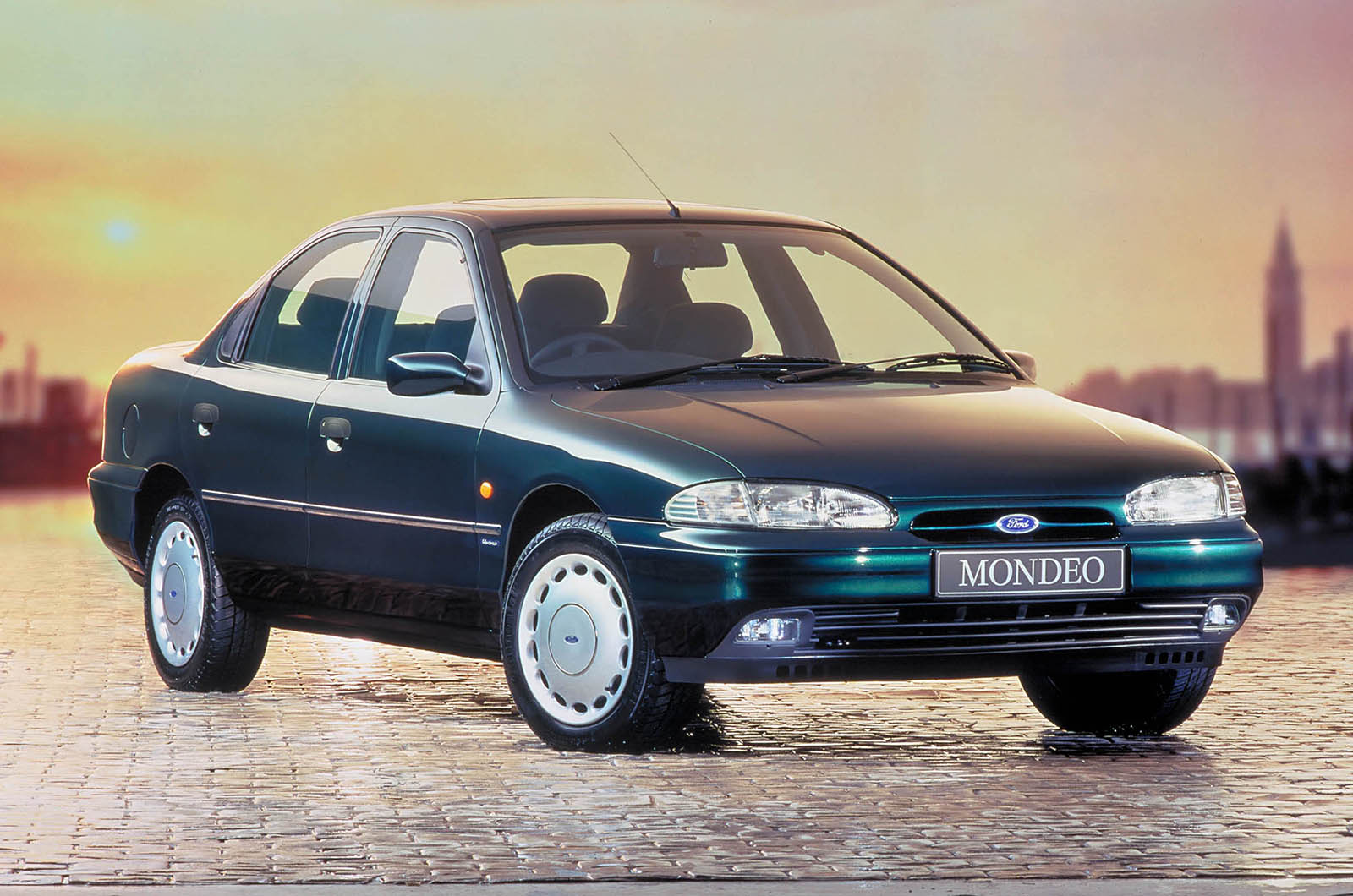
Ford Mondeo
1993’s Mondeo was such a common sight on mid-90s roads, and their owners and operators so characteristic of a certain demographic, that appealing to ‘Mondeo Man’ became a key tenet of Labour’s 1997 election strategy. Mondeos were everywhere, serving duty as private vehicles, company cars, police cars, trade workhorses, and even traded blows in the British Touring Car Championship.
Most people’s dads aren’t Paul Radisich or 2000 title-winner Alain Menu of course, but even the humblest Mondeo was a fine thing, delighting owners and passengers alike with its composed ride and handling, fuzzy velour seating, and the fitment of a standard driver’s airbag. Their road-furniture status in the 90s and 2000s means that Mondeo nostalgia will surely hit hard in the near future.

Rover 75
If you didn’t fancy something mundane like a Vectra and Mondeo in the late 90s, and a BMW 3 Series or Alfa 156 was a little too sporty, then Rover had just the car for you (or your dad, or his dad) when it debuted in 1999. Notably retro in its design, both inside and out, the Rover 75 majored on class and comfort rather than a thrusting image or rock-hard suspension.
Reception from the press was mixed, and it’s certainly true that Rover’s approach didn’t appeal to everyone – BMW sold more E46 3 Series cabriolets than Rover did 75s in total. But for the handful that Rover managed to ensnare, the 75 still holds huge appeal – arguably even more so today than in period, with a ride that’s perfectly suited to today’s lousy road surfaces, and a style that now looks timeless rather than simply pandering to a bygone era.
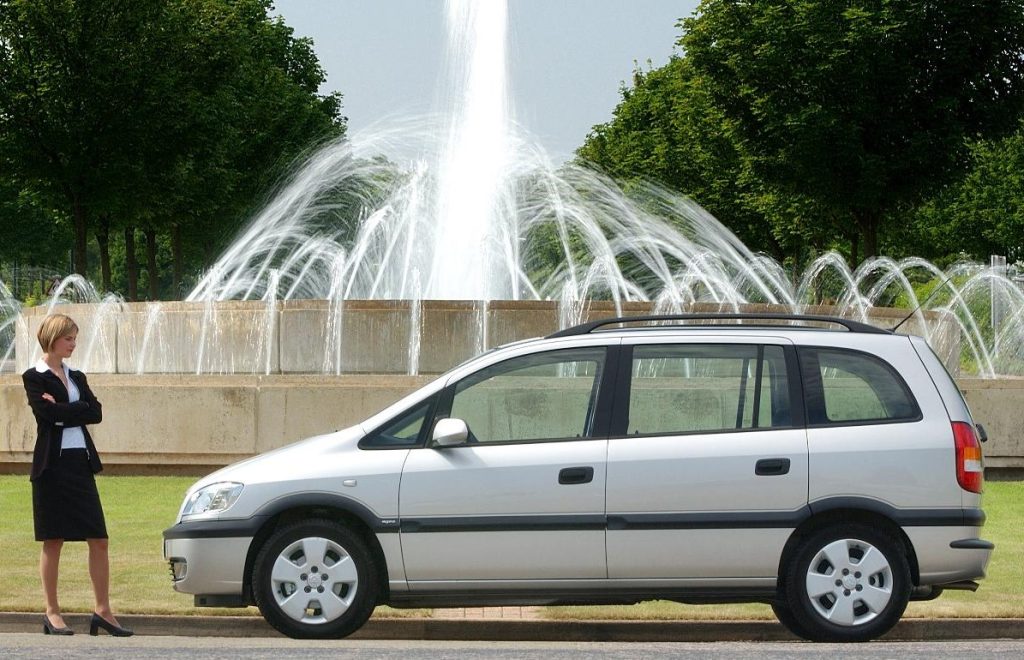
Vauxhall Zafira
Vauxhall wasn’t first to the party with a shrunken MPV (it really took off with the Renault Megane Scenic in 1996, though the likes of Mitsubishi and Honda arguably got there even earlier), nor was the Zafira the most interesting mini-MPV of the late 1990s (step forward the Fiat Multipla for that one).
But it sold like hot cakes, and you’d have struggled to walk down a single residential street at the turn of the millennium without spotting one. Fitting seven seats (even if the rear pair were very small) into a hatchback footprint was very clever, and being based on the Astra ‘G’ platform was also smart, as the Astra was by then pretty good to drive. A tidy Zafira will no doubt grace the Concours de l’Ordinaire lawn at some point in the future.
What car shaped your childhood? We would love for you to let us know in the comments below.
Celebrate the Cars Dad Really Drove
Love a nostalgic trip down memory lane? Discover more wonderfully ordinary classics at the Festival of the Unexceptional – a celebration of the everyday cars that made family life special.
Looking for more nostalgia?
Why 90s MPVs are the Nostalgia Bath We All Need
10 of Our Favourite Five-Cylinder Classics
9 Classic Estate Cars Worth Loads More than the Saloon
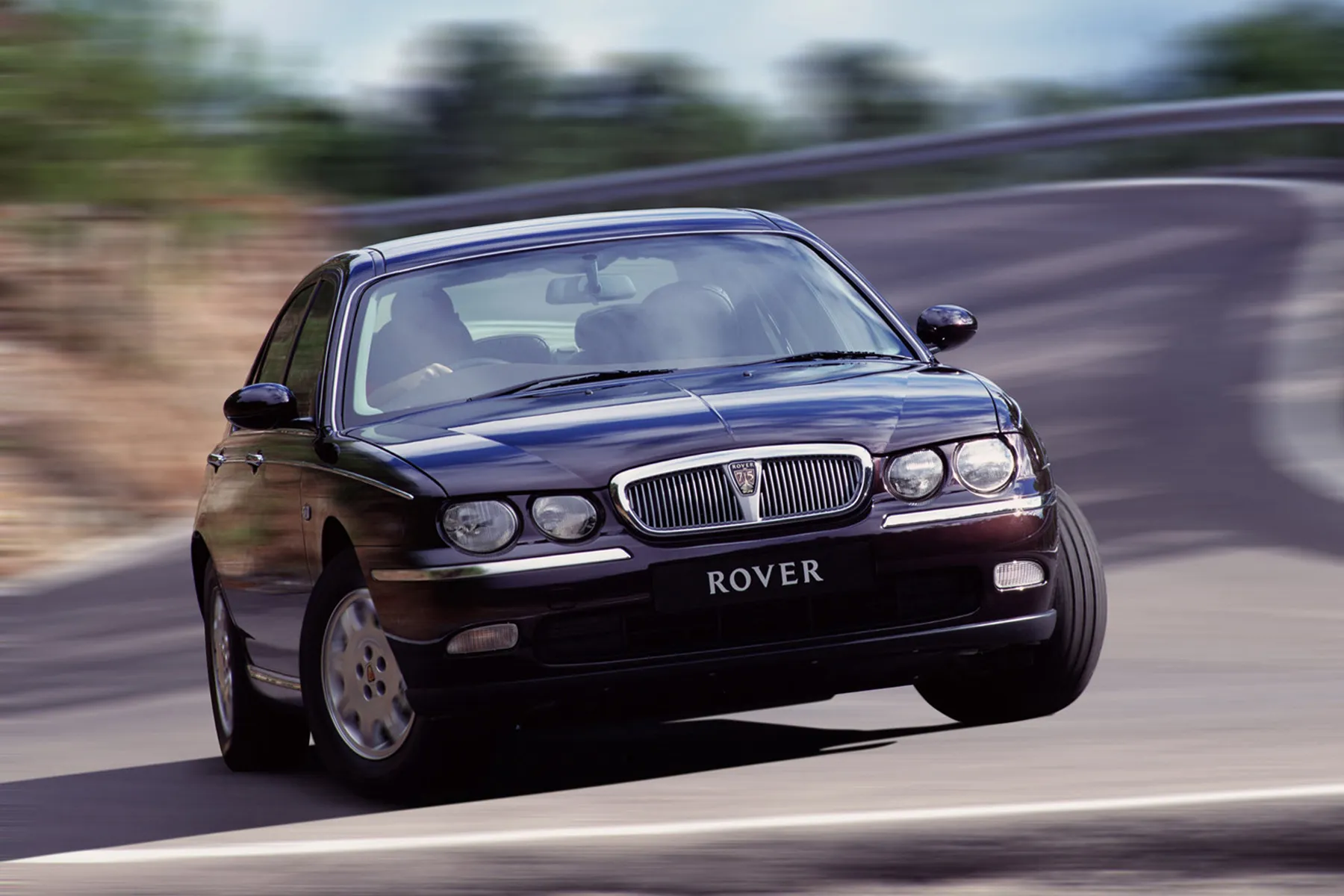
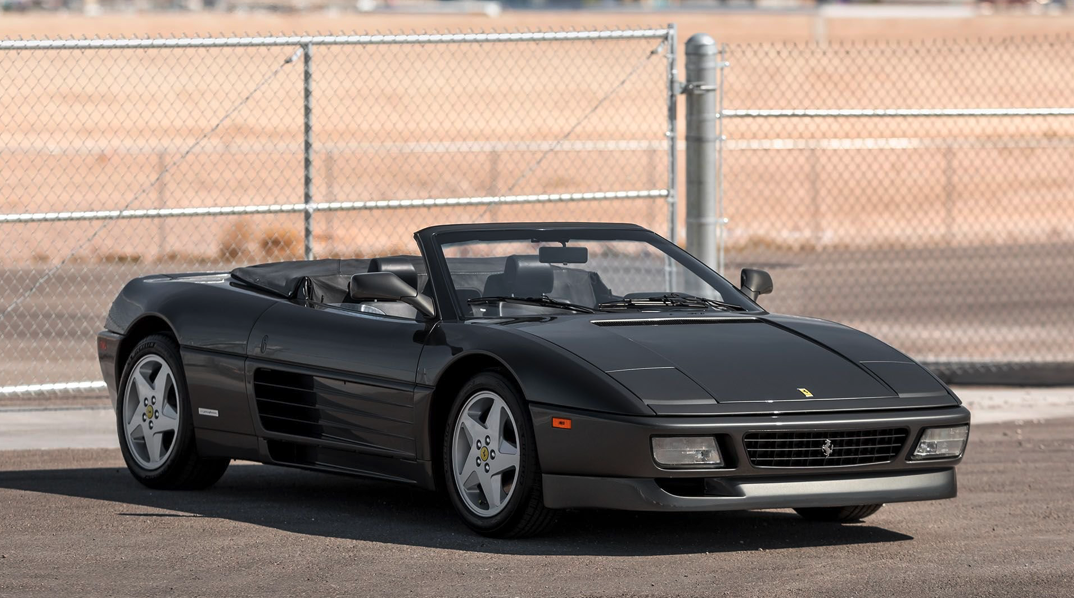
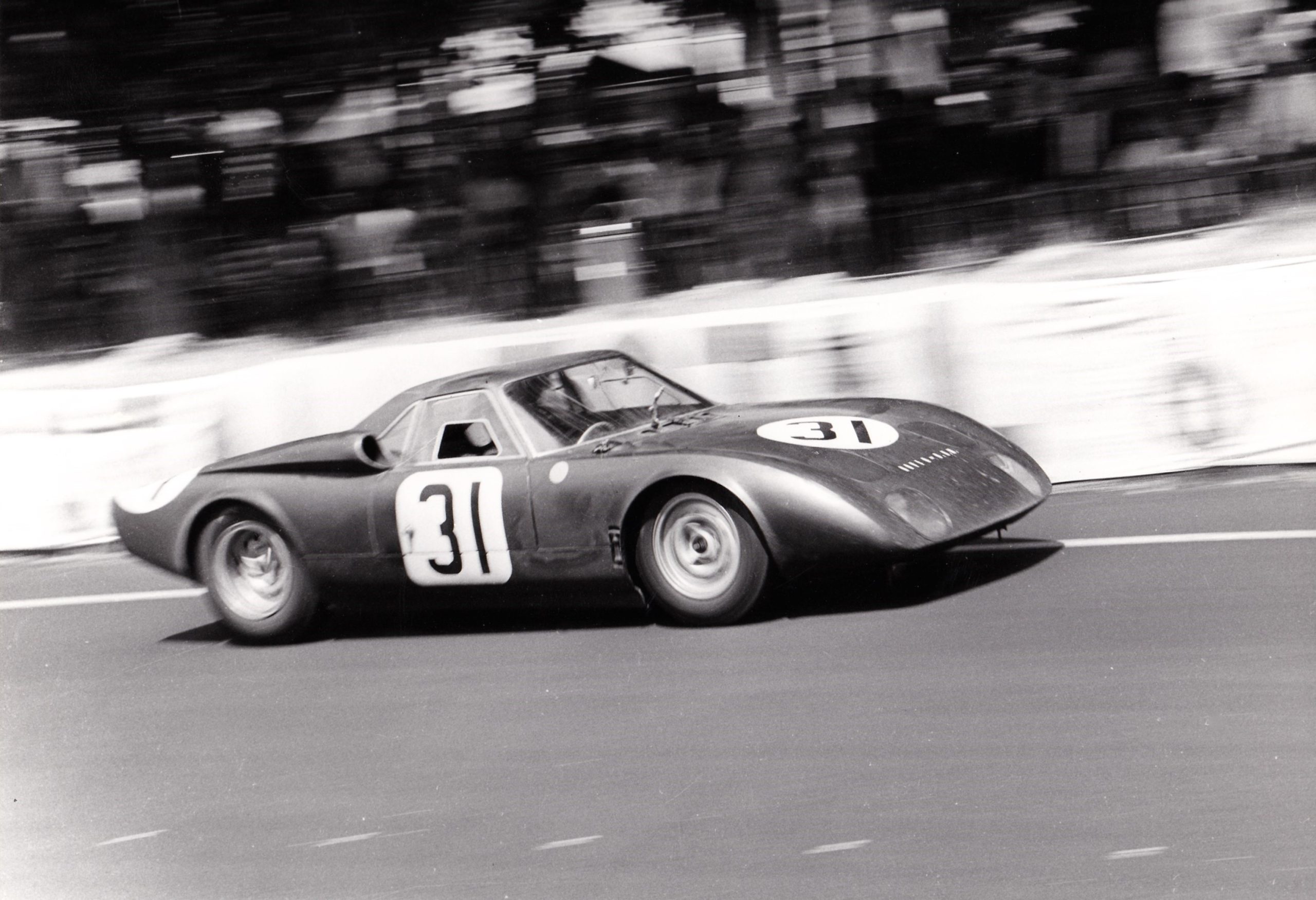
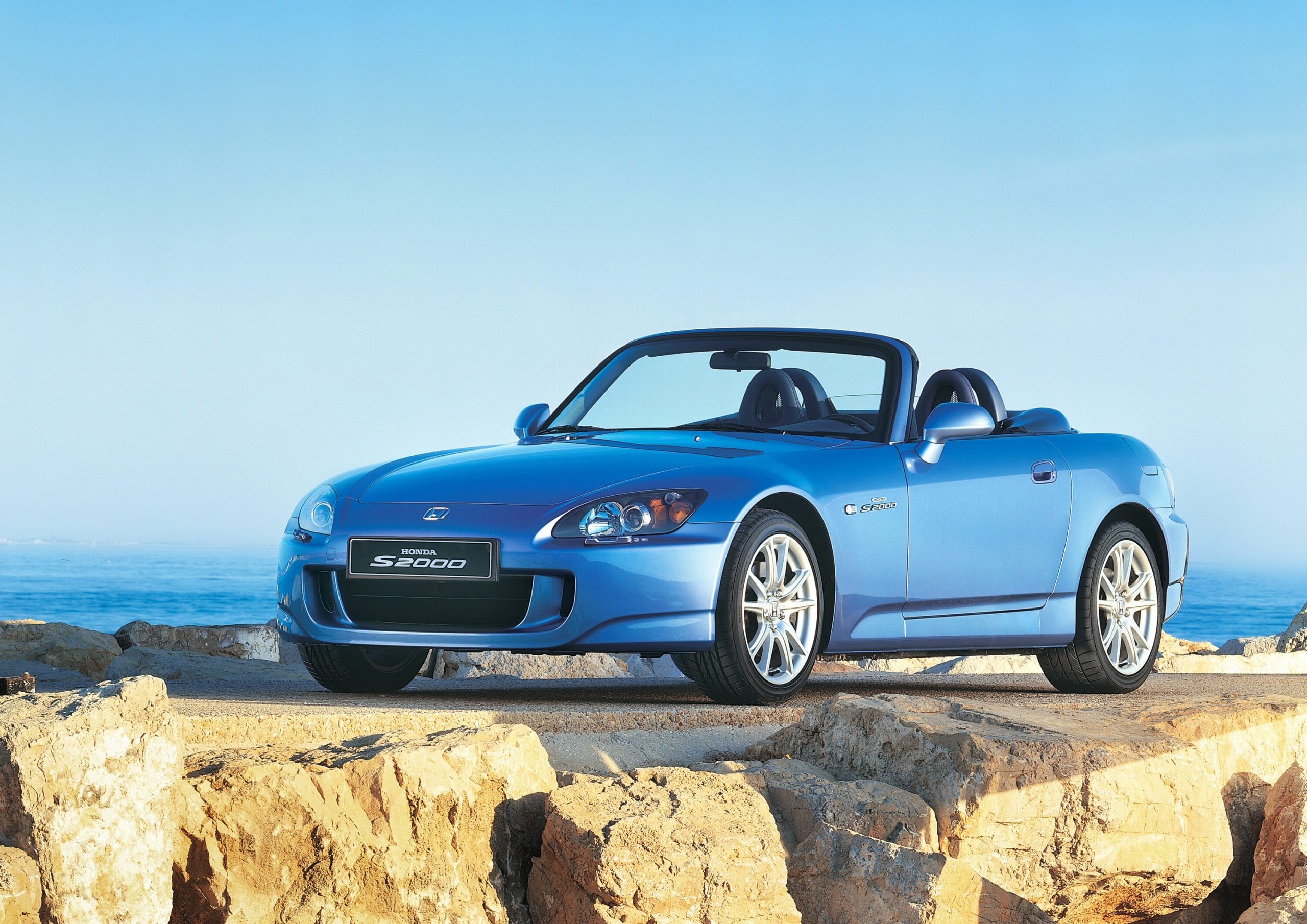
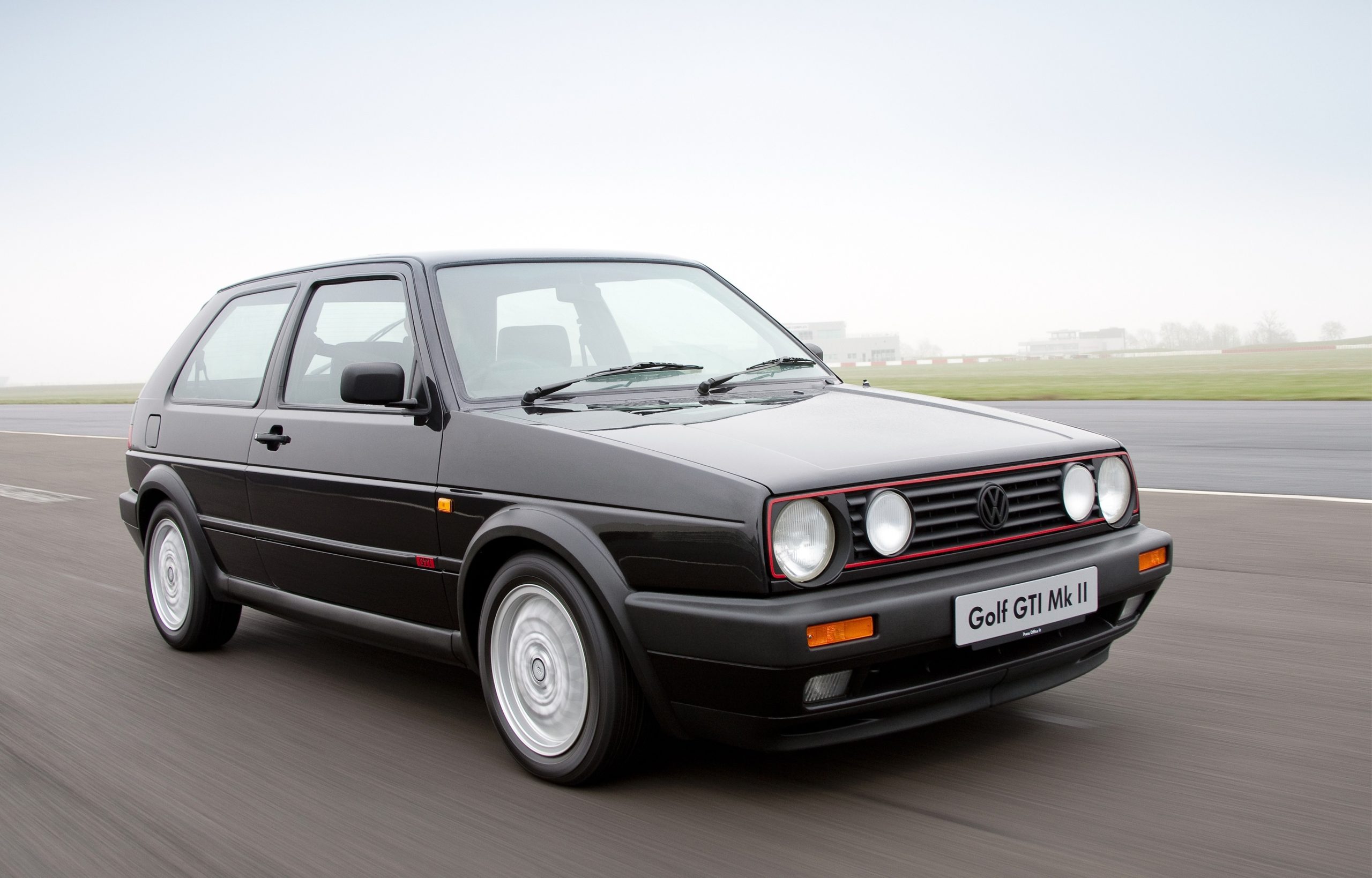
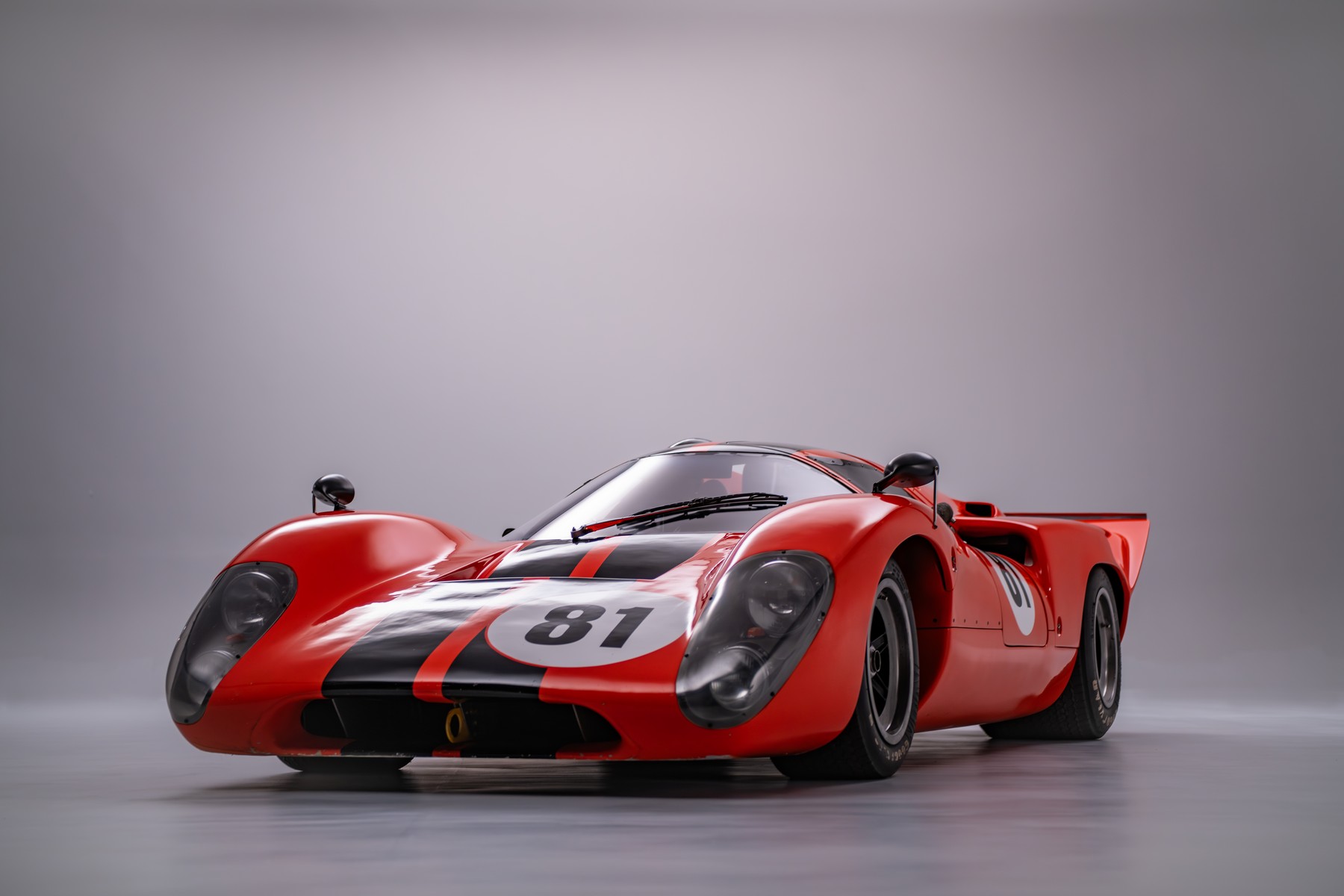
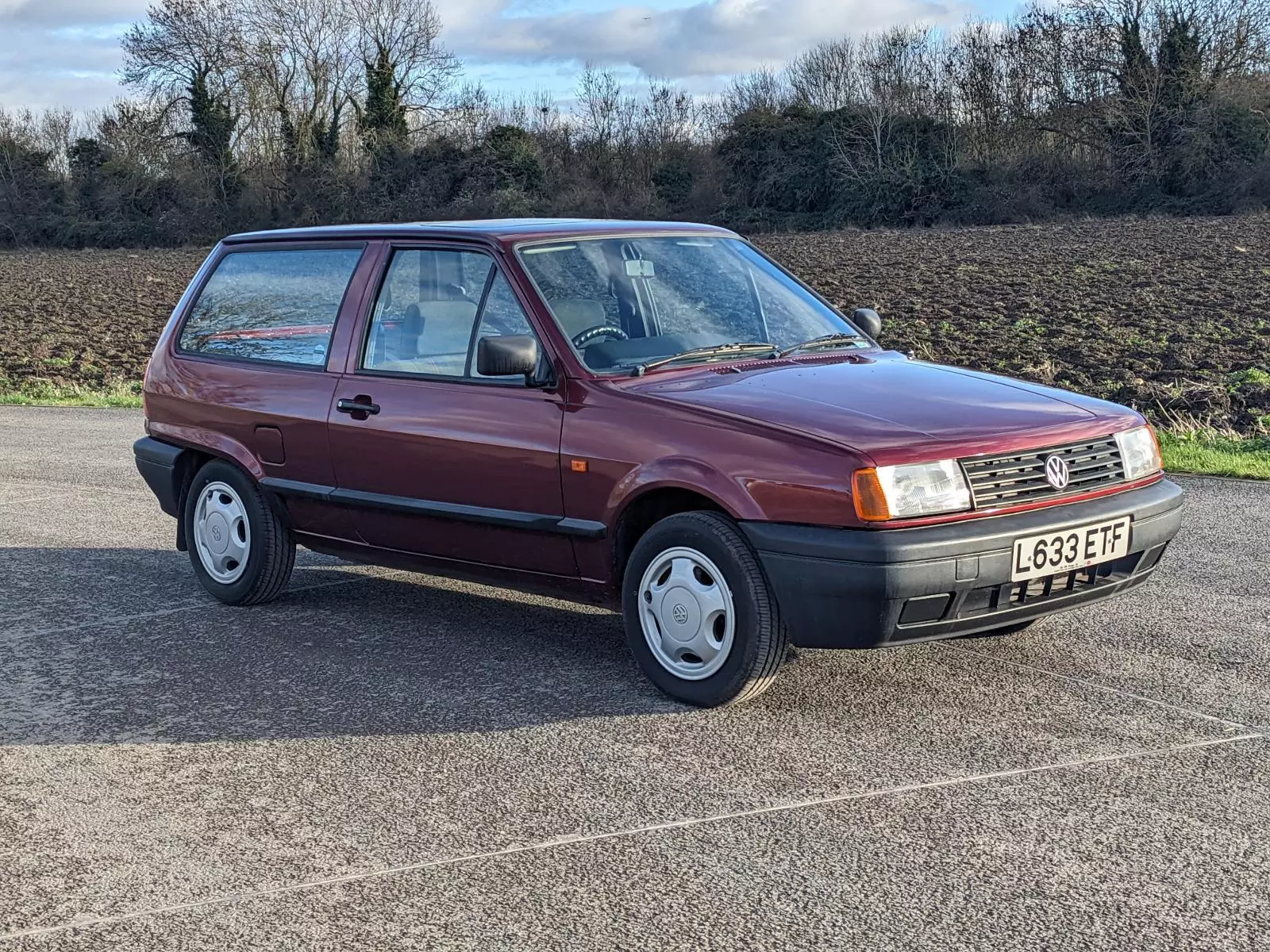
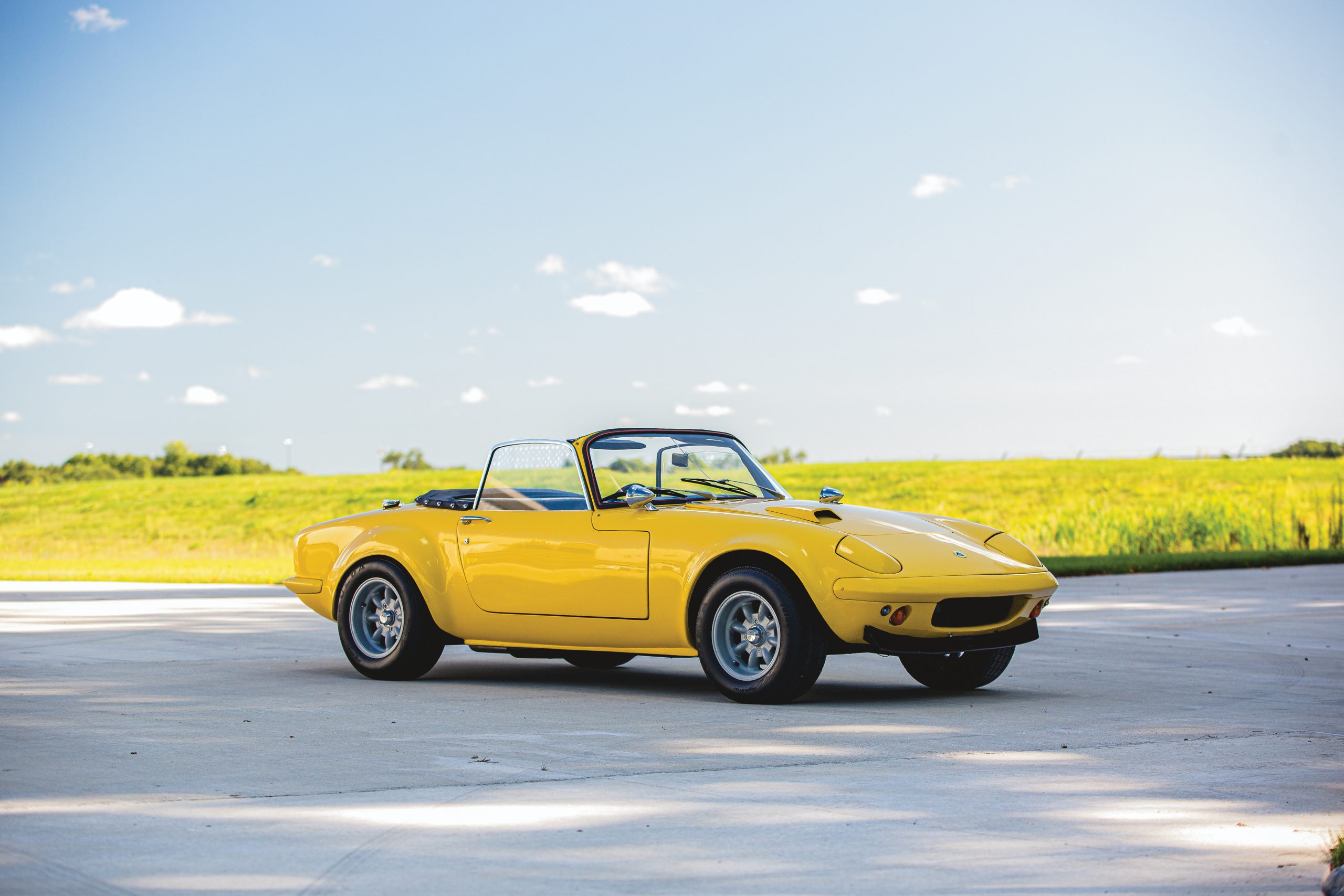
Great feature on cars I remember well. Had three Mondeo s in the 90s early 2000 s all great, first one my favourite, 94 2.0 GLX in white. Cars my dad had. One of my earliest memories aged 7 1st Jan 71 picking up a brand new HC Viva from Mabs cross motors Wigan. Other memorable cars 74 FE VX / 490 in yellow. 76 Chrysler Alpine GLS , 3 Opel Ascona s and finally 88 mk2 Astra 1.6 auto. Good memories!!
I’m surprised there’s no Ford Cortina or Vauxhall Cavalier in this lis